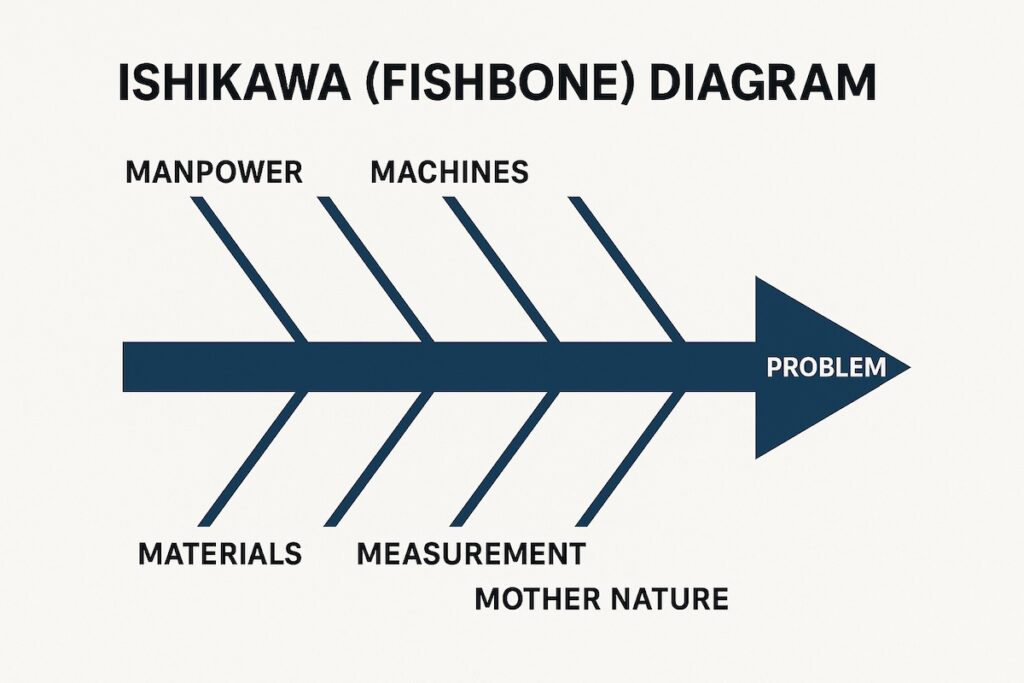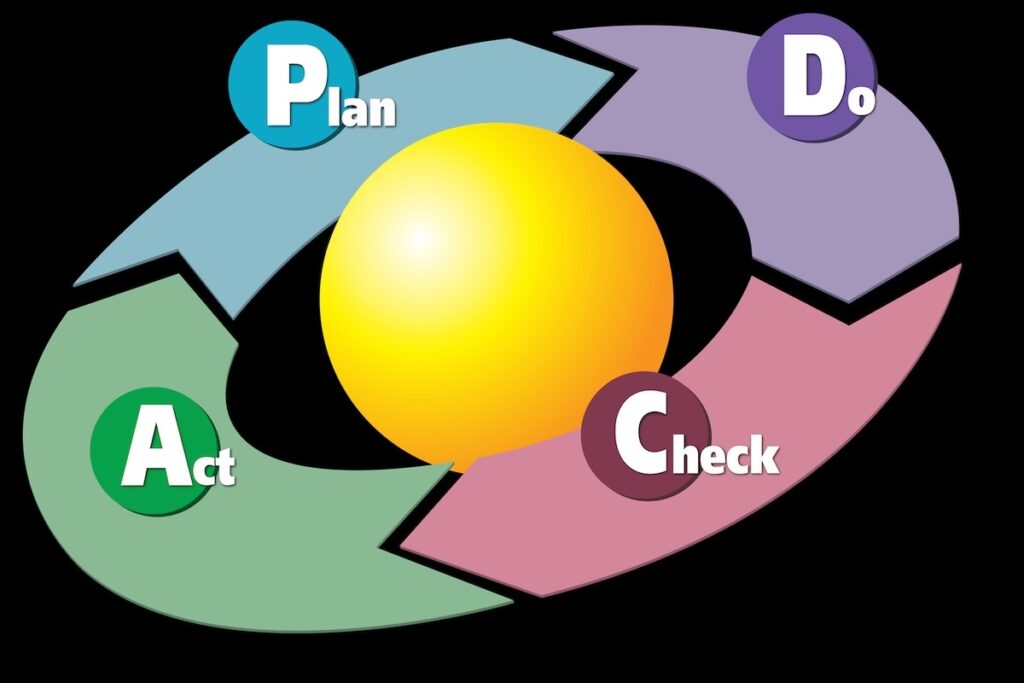In mission-critical projects—whether in national infrastructure, defense systems, or government IT platforms—the cost of a quality failure can be measured not just in money, but in operational disruption, public safety risks, and loss of trust.
Failure Mode and Effects Analysis (FMEA) is one of the most effective tools for anticipating where and how a process, product, or system could fail, and for prioritizing preventive action before defects occur.
What FMEA Is—and Why It Matters
FMEA is a structured approach to:
- Identifying potential failure modes—ways a component, process, or system might fail.
- Assessing the effects of each failure—how it impacts the project’s objectives, quality, or mission.
- Prioritizing corrective actions based on risk severity, likelihood, and detectability.
The goal is proactive quality management: preventing defects rather than detecting them after they’ve already caused harm.
The Core Elements of FMEA
Each potential failure mode is evaluated using three factors:
- Severity (S): How serious would the consequences be?
- Occurrence (O): How likely is the failure to happen?
- Detection (D): How likely is it that the failure will be detected before it causes harm?
Multiplying these factors gives the Risk Priority Number (RPN):
RPN = S × O × D
Higher RPN values indicate greater risk and priority for action.
Where FMEA Fits in the Project Lifecycle
Initiation & Planning – FMEA helps identify high-risk areas before work begins, informing the Quality Management Plan and Risk Register.
Execution – FMEA findings guide preventive controls, inspection points, and resource allocation.
Monitoring & Controlling – Updated FMEA data allows teams to track whether mitigation measures are reducing risk as intended.
Real-World Example 1: National Data Center Migration
During the planning phase of a multi-agency data center migration, FMEA identified a potential failure mode: incomplete encryption of transferred datasets.
- Severity: High—data breach risk.
- Occurrence: Medium—dependent on process controls.
- Detection: Low—difficult to detect post-transfer without full audit.
The RPN was high enough to warrant immediate mitigation. We introduced automated encryption verification in the transfer workflow. This reduced the detection score and brought the RPN into acceptable range—before the first dataset was moved.
Real-World Example 2: Emergency Services Network Equipment
In a public safety communications network rollout, FMEA flagged a hardware cooling unit’s failure under extreme temperatures as a high-severity, medium-occurrence risk.
The preventive measure—selecting components with extended environmental ratings—added 2% to upfront costs but avoided the potential downtime and replacement cost of system failures during summer peaks.
Best Practices for PMs Applying FMEA
- Engage the Right Expertise – Include engineers, quality specialists, and operational staff who understand both design intent and real-world use.
- Start Early – FMEA is most valuable when applied before design or process decisions are locked in.
- Quantify Consistently – Use a defined scoring scale for S, O, and D to maintain objectivity.
- Focus on High-RPN Items First – Addressing the top risks yields the greatest return on effort.
- Keep FMEA a Living Document – Update it as designs evolve, requirements change, or new risks emerge.
Strategic Payoff
In complex and high-visibility projects, FMEA provides a clear, data-driven way to decide where preventive resources should go. It allows project leaders to demonstrate to stakeholders that risks are not only identified but also actively managed and reduced.
Closing Perspective
In the environments where I operate, “we’ll fix it later” is not an option. FMEA transforms quality control from reactive firefighting into proactive prevention. When it’s built into your quality and risk processes from the start, you can deliver not only on time and on budget—but also with the operational assurance that critical failures have been systematically anticipated and mitigated.




